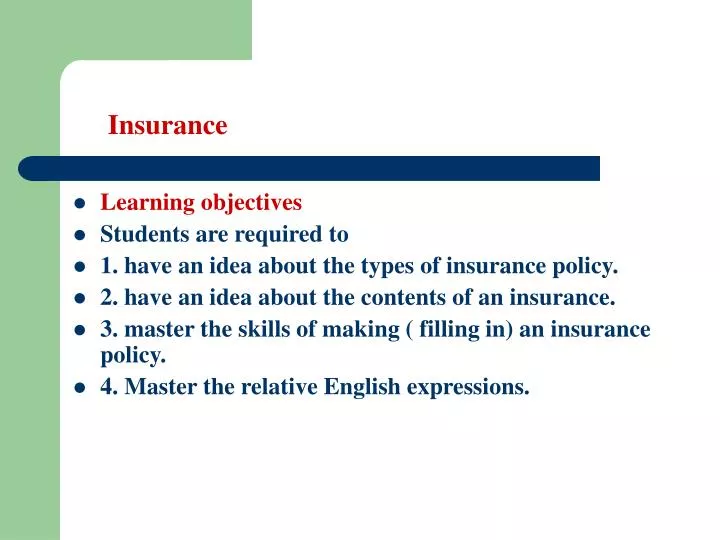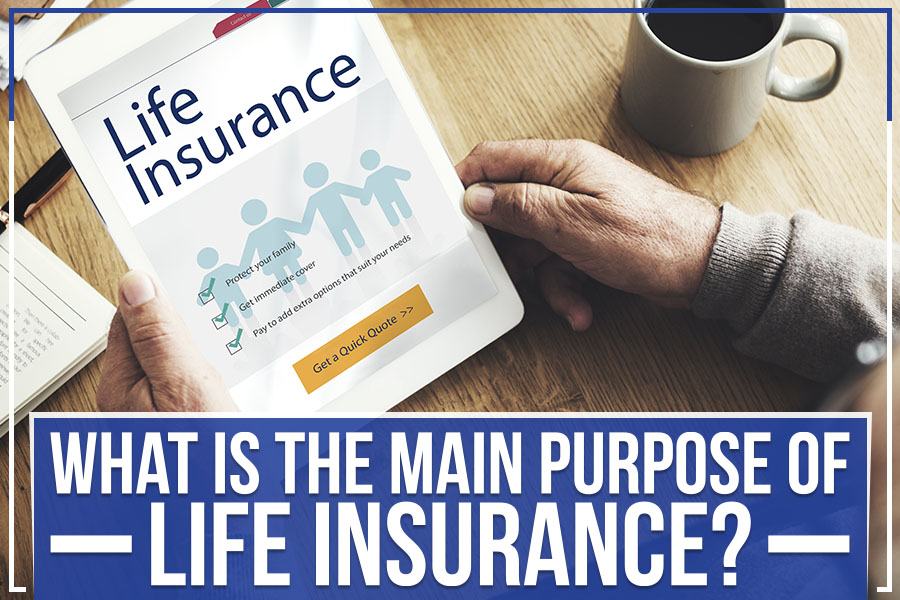Some Of Pacific Prime
Unknown Facts About Pacific Prime
Table of ContentsThe Best Strategy To Use For Pacific Prime7 Easy Facts About Pacific Prime ExplainedAll about Pacific PrimePacific Prime for DummiesIndicators on Pacific Prime You Should Know

This is because the data were gathered for a duration of strong economic efficiency. Of the approximated 42 million individuals who were uninsured, almost concerning 420,000 (about 1 percent) were under 65 years old, the age at which most Americans come to be qualified for Medicare; 32 million were adults between ages 18 and 65, about 19 percent of all grownups in this age; and 10 million were children under 18 years of age, regarding 13.9 percent of all youngsters (Mills, 2000).
These price quotes of the number of persons without insurance are created from the annual March Supplement to the Current Populace Study (CPS), performed by the Census Bureau. Unless otherwise noted, nationwide quotes of people without health insurance policy and proportions of the population with different sort of protection are based on the CPS, one of the most extensively made use of resource of price quotes of insurance policy protection and uninsurance prices.
The Single Strategy To Use For Pacific Prime

Still, the CPS is particularly beneficial because it produces yearly quotes relatively rapidly, reporting the previous year's insurance protection approximates each September, and because it is the basis for a consistent collection of quotes for greater than 20 years, permitting for analysis of trends in insurance coverage gradually. For these reasons, as well as the considerable usage of the CPS in other studies of insurance protection that exist in this report, we count on CPS quotes, with limitations kept in mind.

The estimate of the number of without insurance people increases when a population's insurance policy status is tracked for numerous years. Over a three-year period beginning early in 1993, 72 million individuals, 29 percent of the united state population, were without insurance coverage for at least one month. Within a single year (1994 ), 53 million individuals experienced a minimum of a month without insurance coverage (Bennefield, 1998a)
Six out of every ten without insurance adults are themselves used. Working does boost the likelihood that one and one's family members will have insurance coverage, it is not a guarantee. Even participants of families with two full-time wage earners have virtually a one-in-ten possibility of being without insurance (9.1 percent without insurance price) (Hoffman and Pohl, 2000).
Some Known Details About Pacific Prime
New immigrants make up a considerable percentage of individuals without medical insurance. One evaluation has actually attributed a considerable section of the current development in the size of the U.S. without insurance population to immigrants that got here in the country between 1994 and 1998 (Camarota and Edwards, 2000). Recent immigrants (those who concerned the USA within the previous 4 years) do have a high price of being without insurance (46 visit this web-site percent), yet they and their youngsters make up simply 6 percent of those without insurance nationally (Holahan et al., 2001).
The relationship between medical insurance and access to care is well established, as documented later in this chapter. Although the relationship between medical insurance and health end results is neither straight neither simple, a substantial scientific and health and wellness services research study literature links medical insurance protection to enhanced accessibility to care, much better high quality, and improved personal and populace health and wellness condition.
Levels of evaluation for taking a look at the effects of uninsurance. This conversation of medical insurance coverage concentrates mostly on the U.S. populace under age 65 because practically all Americans 65 and older have Medicare or various other public insurance coverage. It focuses especially on those without any health and wellness insurance for any type of size of time.
The Facts About Pacific Prime Uncovered
The issues faced by the underinsured are in some areas similar to those faced by the without insurance, although they are typically much less serious. Health insurance policy, however, is neither essential nor sufficient to get access to clinical services. The independent and straight effect of wellness insurance protection on access to wellness services is well developed.
Others will acquire the healthcare they need also without medical insurance, by spending for it expense or seeking it from providers that supply treatment free or at extremely subsidized prices. For still others, wellness insurance policy alone does not guarantee invoice of care due to various other nonfinancial barriers, such as an absence of healthcare carriers in their community, restricted accessibility to transportation, illiteracy, or linguistic and social distinctions.
Some Known Details About Pacific Prime
Formal research regarding uninsured populations in the United States dates to the late 1920s and early 1930s when the Committee on the Cost of Treatment created a series of reports regarding financing physician office check outs and hospitalizations. This problem ended up being prominent as the numbers of medically indigent climbed throughout the Great Clinical depression.